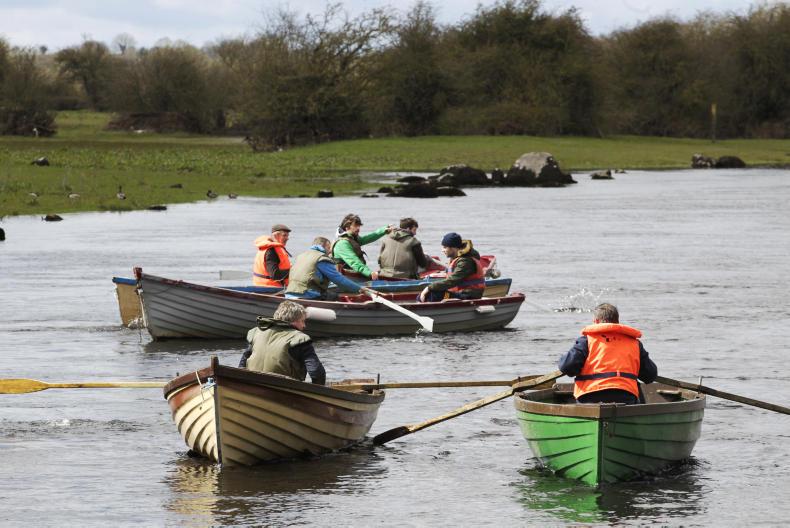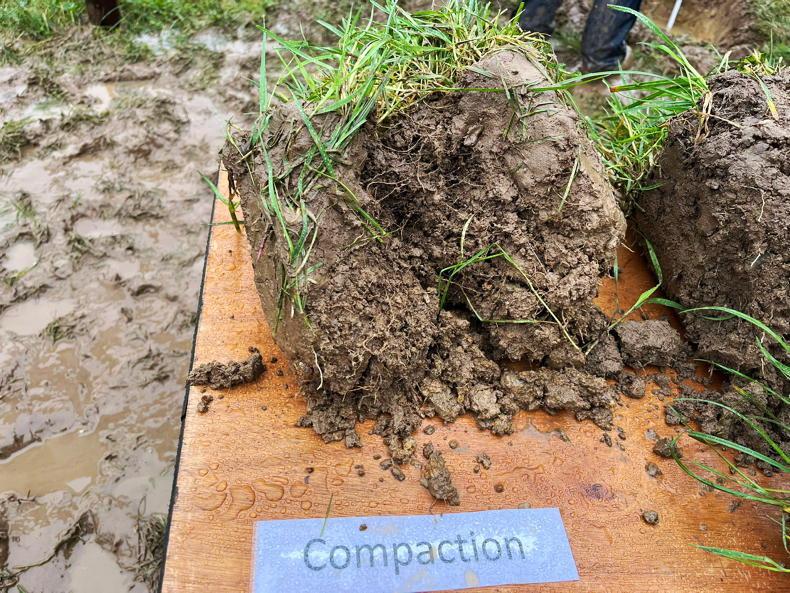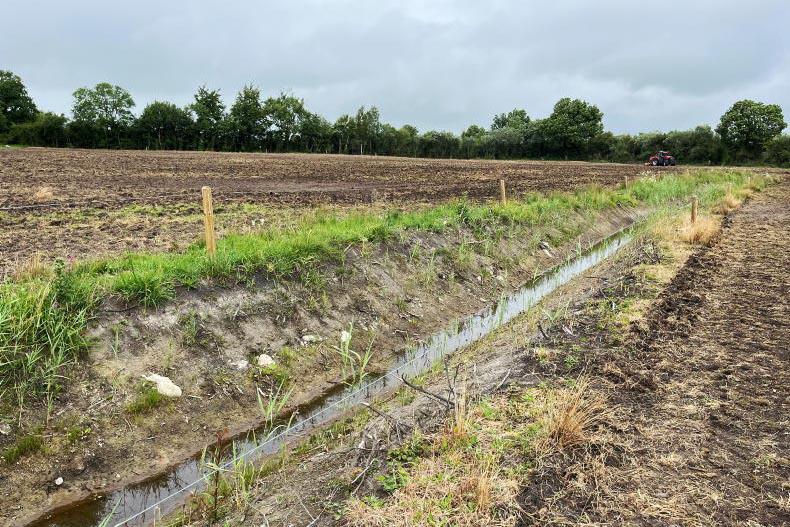The study, commissioned by Friends of the Earth, with a grant from the Irish Environmental Network, was launched at an event to mark World Wetlands Day in Dublin City Council.
Natural flood management (NFM) is an approach to managing flooding which works with natural hydrological processes throughout the catchment to store flood water temporarily during flood events.
Speaking at the launch, the report’s author Anja Murray, who has previously worked for An Tasice and Birdwatch Ireland, said that natural flood management has gained recognition in many countries as a viable and cost-effective approach to flood risk management.
“Projects across Europe and further afield have restored peat bogs, planted riparian woodlands, restored and created new wetlands, reprofiled rivers and their floodplains to hold back floodwaters,” she said.
Unknown in Ireland
She also said that this type of approach to reducing flood risk has been ignored by Irish policy-makers.
“Natural flood management is virtually unknown in Ireland, despite the growing problem of widespread flood damage in recent years and forecasts of worse to come. There have been no trials or pilots of catchment-based approaches to flood management in Ireland, despite the evidence that natural flood management can be an effective means of significantly reducing flood peak.”
Dredging v NFM
Ireland has traditionally used dredging as a way of reducing flood risks, which clears water beds through by scooping out mud, weeds, and silt.
Agricultural intensification, in particular in floodplains, can reduce the ability of land to absorb and slow floodwaters
However, the report says that, while dredging carried out for agricultural purposes can help to reduce the depth of local flooding, by increasing the volume that passes through a channel at any given time, it increases flood peak and thus exacerbates downstream flooding.
It adds that agricultural intensification, in particular in floodplains, can reduce the ability of land to absorb and slow floodwaters. “Both soil compaction and the removal of semi-natural habitats such as wetlands, woodland, scrub and hedgerows reduces the ability of land to absorb or store water and speeds up overland flow in to river channels,” it says, adding that there is a strong case to be made for utilising agri-environment funds for flood management and specific targeting of agricultural subsidies toward implementing flood management measures on agricultural land.
It also recommends that the relationship between agricultural land use and flooding in different hydrological settings needs research specific to Ireland.
Case studies
Within the report, case studies are presented of projects which have successfully implemented natural flood management, including the ‘Slowing the Flow’ project in North Yorkshire and the ‘Room for Rivers’ in the Netherlands. The report finds that strong community involvement in addressing flood risk is crucial, as is the involvement of a range of interests and state agencies in recognition of the wider environmental co-benefits of natural flood management.
Read more
Full coverage: flooding
The study, commissioned by Friends of the Earth, with a grant from the Irish Environmental Network, was launched at an event to mark World Wetlands Day in Dublin City Council.
Natural flood management (NFM) is an approach to managing flooding which works with natural hydrological processes throughout the catchment to store flood water temporarily during flood events.
Speaking at the launch, the report’s author Anja Murray, who has previously worked for An Tasice and Birdwatch Ireland, said that natural flood management has gained recognition in many countries as a viable and cost-effective approach to flood risk management.
“Projects across Europe and further afield have restored peat bogs, planted riparian woodlands, restored and created new wetlands, reprofiled rivers and their floodplains to hold back floodwaters,” she said.
Unknown in Ireland
She also said that this type of approach to reducing flood risk has been ignored by Irish policy-makers.
“Natural flood management is virtually unknown in Ireland, despite the growing problem of widespread flood damage in recent years and forecasts of worse to come. There have been no trials or pilots of catchment-based approaches to flood management in Ireland, despite the evidence that natural flood management can be an effective means of significantly reducing flood peak.”
Dredging v NFM
Ireland has traditionally used dredging as a way of reducing flood risks, which clears water beds through by scooping out mud, weeds, and silt.
Agricultural intensification, in particular in floodplains, can reduce the ability of land to absorb and slow floodwaters
However, the report says that, while dredging carried out for agricultural purposes can help to reduce the depth of local flooding, by increasing the volume that passes through a channel at any given time, it increases flood peak and thus exacerbates downstream flooding.
It adds that agricultural intensification, in particular in floodplains, can reduce the ability of land to absorb and slow floodwaters. “Both soil compaction and the removal of semi-natural habitats such as wetlands, woodland, scrub and hedgerows reduces the ability of land to absorb or store water and speeds up overland flow in to river channels,” it says, adding that there is a strong case to be made for utilising agri-environment funds for flood management and specific targeting of agricultural subsidies toward implementing flood management measures on agricultural land.
It also recommends that the relationship between agricultural land use and flooding in different hydrological settings needs research specific to Ireland.
Case studies
Within the report, case studies are presented of projects which have successfully implemented natural flood management, including the ‘Slowing the Flow’ project in North Yorkshire and the ‘Room for Rivers’ in the Netherlands. The report finds that strong community involvement in addressing flood risk is crucial, as is the involvement of a range of interests and state agencies in recognition of the wider environmental co-benefits of natural flood management.
Read more
Full coverage: flooding










SHARING OPTIONS